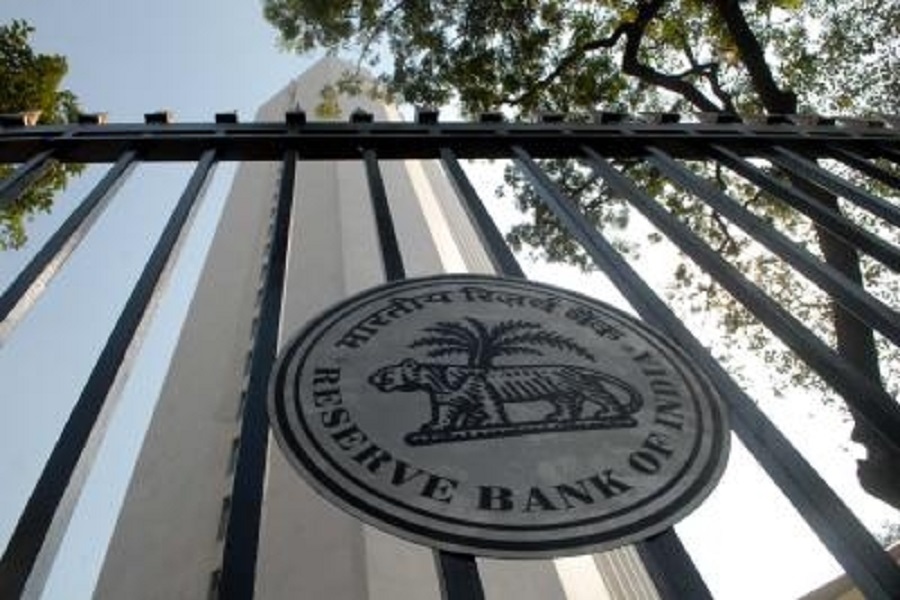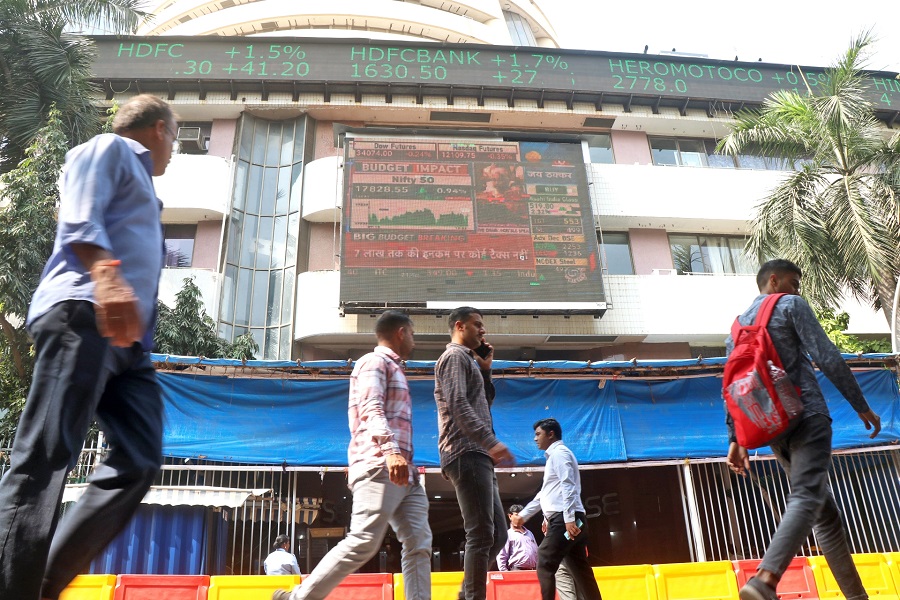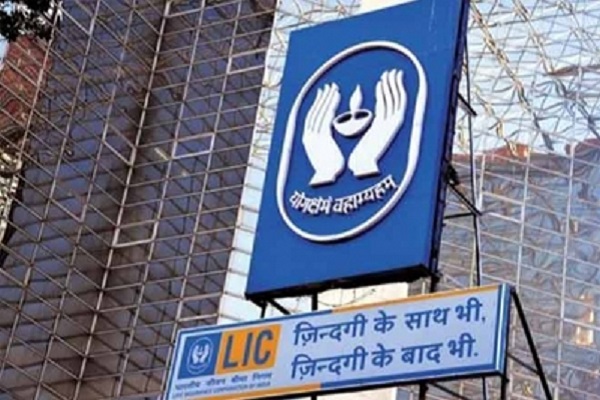FGD Implementation Waiver: A Breather for IPPs by CareEdge Ratings

Synopsis
* Exemption of FGD for Category C plants with ~145 GW capacity is a positive for thermal IPPs. Considering a capital expenditure of Rs 0.6-0.8 crore per MW, this would reduce the capex burden by Rs 87,000-Rs 1,16,000 crore.
* This will save Rs 19,000 crore to Rs 24,000 crore in annual tariff expenses, equivalent to Rs 0.17 per unit to Rs 0.22 per unit of tariff.
Dominance of Coal-Based Power Generation in India
Coal-based power generation remains the backbone of India's power generation sector, accounting for approximately 75% of the total generation in FY2025, despite having a share of only 47% of the total installed capacity. This is primarily due to the higher Plant Load Factor (PLF) of coal-based plants compared to renewable and hydroelectric sources. Notwithstanding the focus on renewable capacity addition in the future and lower coalbased capacity addition, the share of coal-based plants in generation is expected to remain significant, at around 60% by FY2030. Furthermore, given that absolute energy consumption is going to increase, the overall offtake of thermal power will remain significant at around 1,233 billion units in FY2030.
Exhibit 1: Trends in mix of coal-based capacity and generation in all India capacity and generation

A side effect of a high share of coal-based power plants in the generation mix has been the detrimental impact on the environment since coal-based power plants are major contributors to air pollution, accounting for nearly 50% of Sulphur Oxide (SOx) and 30% of Nitrogen Oxide (NOx) emissions as per the IEA 2015 study. To curb these emissions, the Ministry of Environment & Forests (MoEF) introduced stricter emission norms in 2015, particularly for projects commissioned after January 2017. In compliance with regulations, thermal power producers were required to install Flue Gas Desulphurization (FGD) systems, resulting in significant capital investments.
Challenges Faced in FGD Implementation
The implementation of Flue Gas Desulphurization (FGD) systems in coal-based thermal power plants has witnessed slow progress due to a lack of clarity on cost recovery mechanisms, limited financing options, and operational constraints such as insufficient space and the need for plant shutdowns. The timeline for implementing FGD has been extended several times in the past. The MoEF notification in December 2024 had categorised projects into A, B, and C based on location, with plants in metros and cities with over a million population (Category-A) to comply first by December 31, 2027, followed by those in critically polluted regions (Category-B) by December 31, 2028, and all the remaining units (Category-C) by December 31, 2029.
Exhibit 2: Progress in implementation of FGD norms by Coal-based power plants as of December 2024

According to the reply by the Ministry of Power in the Rajya Sabha on December 16, 2024, a total of 537 units with an installed capacity of 204 GW were identified for the implementation of FGD. Out of this, only 22.59 GW (11%) of coal-based capacity had installed FGDs, while another 102 GW had awarded contracts or were under implementation. For the remaining ~79 GW of capacity, either the pre-tendering or tendering process was underway. Power producers had expressed concerns over the mismatch between project life and equipment life, while the limited vendor capacity, at around 16-20 GW annually, led to supply-side constraints. Lenders remain hesitant due to regulatory uncertainty regarding the recovery of capital costs. At the same time, procurers face the dual challenge of increased tariffs and downtime of thermal plants during the implementation of FGD.
Exemption to Category C Plants vide MoEF Notification
The Ministry of Environment, Forest and Climate Change (MoEF), vide its notification dated 11th July 2025, has issued significant amendments to the Flue Gas Desulphurisation (FGD) norms, particularly concerning the SO2 emission standards for coal and lignite-based thermal power plants (TPPs). The revised framework introduces differentiated timelines based on the plant's location and operational status, aiming to ensure practical compliance while considering environmental priorities.
As per the revised norms, TPPs are classified into three categories. Category A plants, located within 10 km of the National Capital Region (NCR) or cities with a population of over one million, are required to achieve SO2 emission compliance by 31st December 2027. Category B plants, situated within 10 km of critically polluted areas or nonattainment cities, will have their compliance determined on a case-by-case basis by an expert appraisal committee. If applicable, they must meet the standards by 31st December 2028. Category C plants, located outside sensitive zones, are exempt from mandatory SO2 emission compliance, provided they adhere to the stack height norms by December 31, 2029, as per the 1990 CPCB notification.
For retiring units, the notification provides relaxation. Plants that officially declare retirement before 31st December 2030 are not required to comply with SO2 norms, provided they submit a formal undertaking to the Central Pollution Control Board (CPCB) and the Central Electricity Authority (CEA). However, in case these units continue to operate beyond the declared retirement date without meeting the norms, they will be liable to pay an environmental compensation of up to Rs 0.40 per unit of electricity generated.
Exhibit 3: Penalty for non-compliance of FGD norms

To enforce accountability among non-retiring and non-compliant plants, the notification introduces a graded environmental compensation structure. These revisions aim to strike a balance between environmental protection and practical implementation, offering relief to older plants while enforcing stricter norms in environmentally sensitive areas.
Cost and Tariff Impact of FGD Installation in Thermal Power Plants
The recent amendments to the Flue Gas Desulphurization (FGD) norms by the Ministry of Environment, Forest and Climate Change (MoEFCC) on July 11, 2025, have significantly altered the cost dynamics of FGD implementation in thermal power plants. Under the revised categorisation, Category C units, with a cumulative capacity of approximately 145 GW, have been exempted from mandatory FGD installation. Earlier, the estimated capital expenditure for FGD across the sector ranged from Rs 1.3 to Rs 1.8 lakh crore, based on an average installation cost of Rs 0.6 to Rs 0.8 crore/MW. However, excluding Category C plants, the total capex burden is now projected to decrease by Rs 87,000 to Rs 1,16,000 crore.
This regulatory shift is expected to ease the pressure on power tariffs, as the compensation for FGD would range between Rs 0.17 and Rs 0.22/kWh, due to FGD-related costs such as higher fixed charges, O&M expenses, and additional auxiliary power consumption. This development not only alleviates the financial burden on power producers but also provides relief to consumers by helping stabilise electricity tariffs while still ensuring targeted SO2 emission control for high-priority plants. This will result in savings of between Rs 19,000 crore and Rs 24,000 crore in annual tariff expenses, equivalent to a reduction of Rs 0.17 per unit to Rs 0.22 per unit in the tariff.
CareEdge Ratings View
“The implementation of FGD by thermal power producers has faced challenges in terms of a mechanism for adequate tariff compensation, financing risk owing to the reluctance of lenders to extend loans and promoters to contribute equity and operational challenges like limited space and shutdown of plants for installation of FGD. The recent amendment by MoEF exempting Category C plants eases the burden on thermal power producers while balancing the environmental aspect by retaining FGD requirement for Category A and B projects,” stated Shailendra Singh Baghel, Associate Director, CareEdge Ratings.
“The exemption of Category C projects from implementation of FGD is a positive for thermal power producers since such projects comprise ~80% of the capacity for which FGD is yet to be implemented. This would also ease the burden of the impending tariff hike to compensate for the FGD capital expenditure,” stated Sabyasachi Majumdar, Senior Director, CareEdge Ratings.
Above views are of the author and not of the website kindly read disclaimer




.jpg)
















